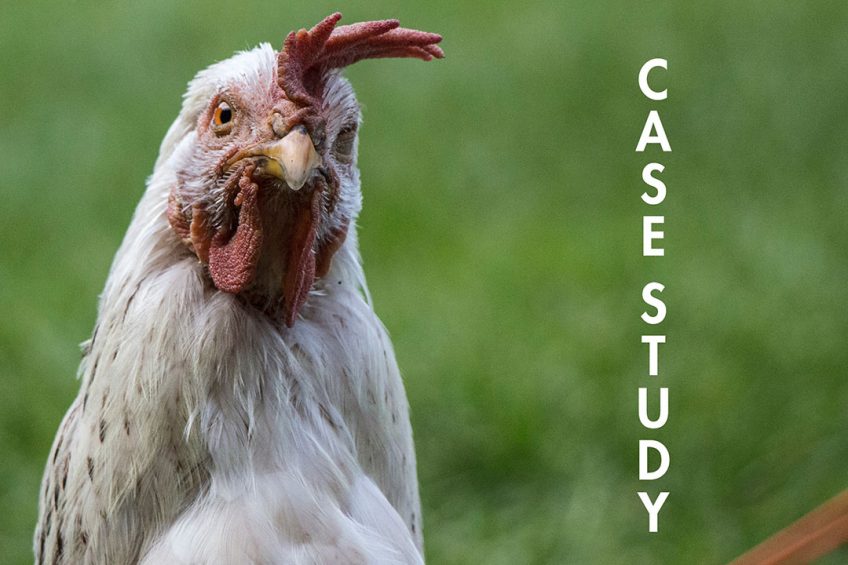Philippines: Chicken overtakes pork as preferred protein

While pork had traditionally been the main source of protein for Philippine diets, in 2019, chicken overtook pork for the first time in per capita consumption. Boosted by rising incomes and a growing middle class, the Philippine broiler sector is set to surge.
According to the Philippine Statistics Authority, dressed chicken production in the Philippines surged 40% over a decade, growing from 1 million MT in 2009 to 1.4 million MT in 2018. The major factors for this growth include the establishment of new commercial farms and dressing plants, switching of some commercial farms to tunnel-ventilated housing, expansion of farms’ stocking capacities, adequate supply of day-old chicks, growing use of contract farming, and an ever-increasing demand for chicken meat.
The growth in chicken demand has been faster than other meats due to its affordability, lower fat content, and the absence of cultural and religious hindrances. In addition, chicken is the preferred meat in fast food outlets, which is a sector experiencing fast expansion throughout the country. Over the past decade, food service spending has grown, and restaurants have developed new chicken dishes to meet this increased demand. Per capita consumption rose by 4% per year from 11.6kg in 2009 to 15.6kg in 2018, while consumption averaged 13.4kg per person per year.
Mechanically deboned meat the main import
Imports averaged 12% or 167,500 MT of the gross supply per year. Its share grew from only 6% in 2009 (61,000 MT) to 15% (257,100 MT) in 2018. The main imported product was mechanically deboned meat – used for processed meat products – which accounted for 67% (192,900 MT) of total volume in 2018. Over 60% was sourced from Netherlands, Brazil, and the US. Meanwhile, leg quarter imports accounted for about 26% (73,500 MT), of which more than 90% came from the US, and chicken cuts (primarily chicken wings), at 18,100 MT. Products imported at smaller volumes include fats (1,700 MT), rind/skin (1,400 MT), offal (481 MT) and whole chicken (17 MT).
 Global poultry industry case studies
Global poultry industry case studies
Taking a deeper look into poultry production worldwide
Almost 600 poultry farms
The Philippine broiler industry is composed of 20% backyard (fewer than 1,000 birds) and 80% commercial farms. There are reportedly 588 registered poultry farms and approximately 175 meat processors located throughout the country. The fresh processed meat sector was estimated at 420,000 MT. This excludes the volumes for food service and the small-scale/backyard hotdog and longaniza producers. Likewise, the canned meat sector was estimated at 126,000 MT in the same year. Both sectors use chicken meat as a raw material, particularly mechanically deboned or separated chicken meat.
Growth projected for Philippines poultry
According to the Organization for Economic Cooperation and Development-Food and Agricultural Organization, the demand for all meat, including chicken, is expected to grow by 1.3% annually between 2018 and 2027. This compares to 1.9% annually from 2008 to 2017. Income and population growth will continue to be the growth drivers. The aggregate chicken demand is projected to increase from about 1.4 million MT in 2017 to 1.6 million MT in 2020 to about 1.8 million MT by 2023. Growth drivers will come from a combination of income and population growth.
The low per capita meat consumption of 13kg for chicken presents opportunities for further expansion with increasing purchasing power coupled with the country’s targets to bring poverty incidence down to 14% in 2022 (from 21.6% or 21.8 million Filipinos living below national poverty line in 2015).
In comparison to other countries such as Thailand and Japan, the high cost of production is a persistent issue in the Philippine broiler sector. Increased competitiveness is constrained by the high cost of feed, resulting from trade policies preventing corn to compete on a level playing field with feed wheat.
The information in this article was sourced from a USDA report approved by Ryan Bedford.












